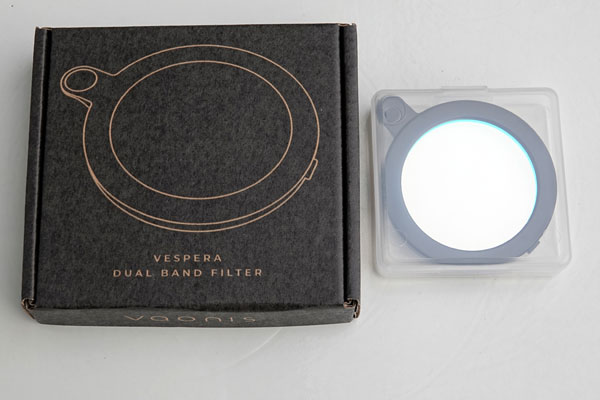Vaonis Vespera - Further Observations with the Dual Band Filter
Introduction | Walking Pattern Noise with the Dual Band Filter | Photos with and without Dual Band Filter | First Conclusions | Links
Archive
On this page, I describe further experiences with my electronic 2" refractor telescope Vaonis Vespera 50 mm/200 mm (f/4) when observing with the Dual Band Filter.
See also pages:
- Vaonis Vespera - Information
- Vaonis Vespera - FAQ
- Vaonis Vespera - Adventurer Pack and More Accessories
- Vaonis Vespera - Observations of the Sun
- Vaonis Vespera - Observations with Filters
- Vaonis Vespera - Further Observations with the Dual Band Filter
- Vaonis Vespera - Dual Band Filter Photos and Topaz Denoise AI
- Vaonis Vespera - Further Observations with the CLS Filter
Note: In June 2024, I sold my Vaonis Vespera smart telescope. I therefore cannot report any further experiences with it here. |
Introduction
On this page, I take a look at Walking Pattern Noise when using the Dual Band Filter. And I also compare some nebula photos that were taken without and with the Dual Band Filter.
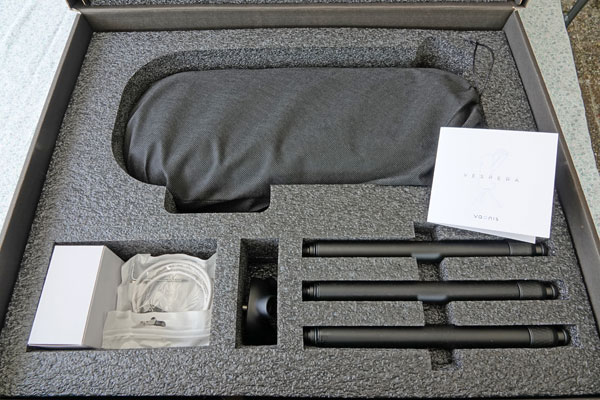 |
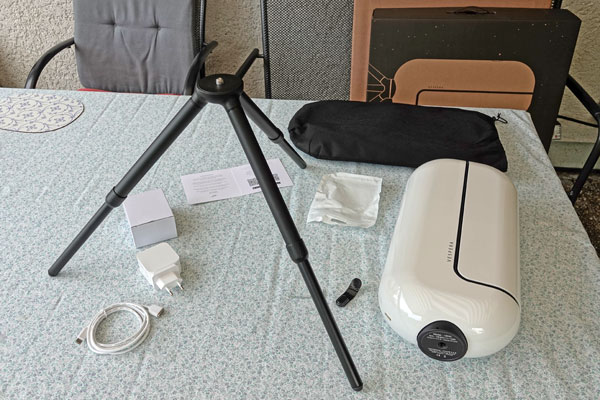 |
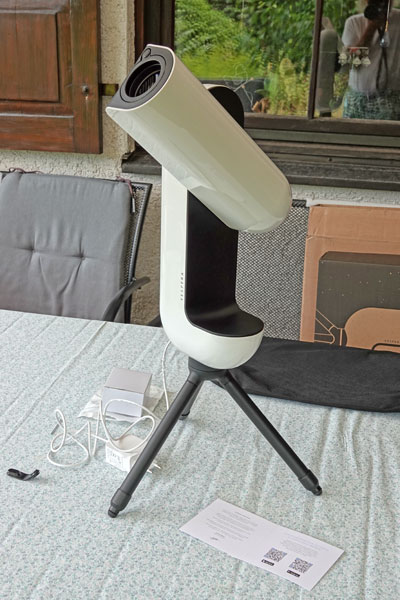 |
Photos: My Vaonis Vespera (end of July 2022)
Dual Band Filter
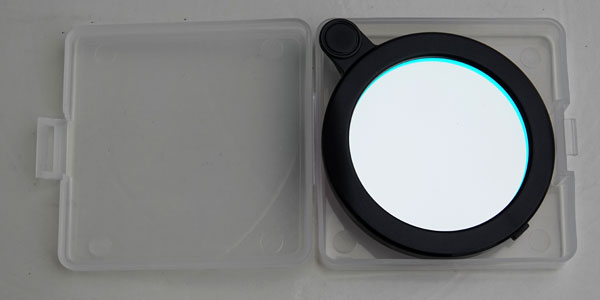 |
||
Dual Band Filter |
Dual Band Filter |
Walking Pattern Noise with the Dual Band Filter
When I photographed the nebula NGC 281 (Pacman Nebula) in January 2024, I noticed that the photo showed clear walking pattern noise when photographed "normally". I therefore aborted the observation and repeated it as a mosaic, because mosaics use simple dithering, which reduces (or eliminates) the WP noise. I had also noticed this during an early observation of NGC 2174 (Monkey Head Nebula), which I present here again, but I had not pursued this phenomenon any further at the time...
NGC 2174 (Monkey Head Nebula)
The following images of the Monkey Head Nebula were taken in April 2023 without and with filters in "normal" mode:
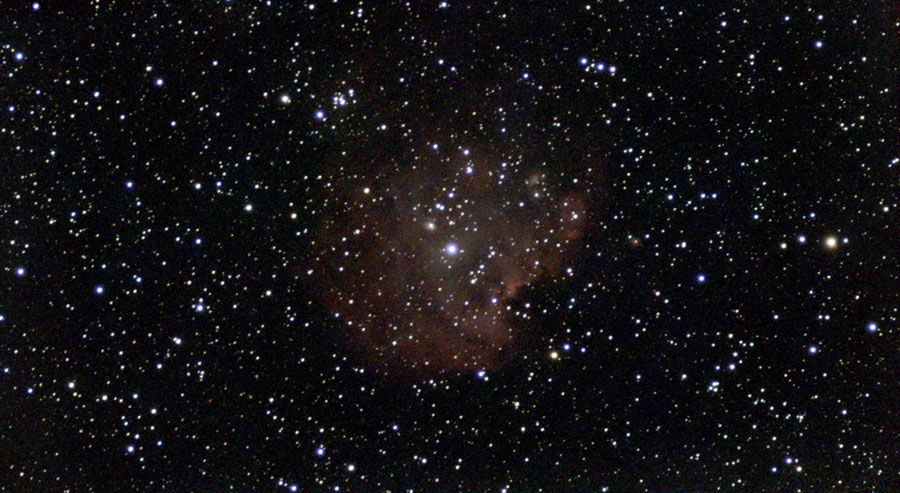 |
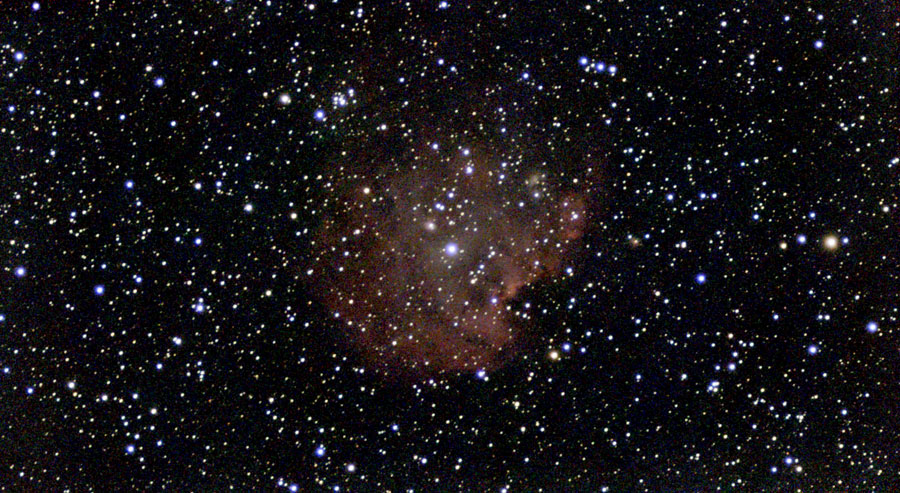 |
|
NGC 2174, Apr 5, 2023 - original, 35min |
NGC 2174, Apr 5, 2023 - large, photo left processed |
|
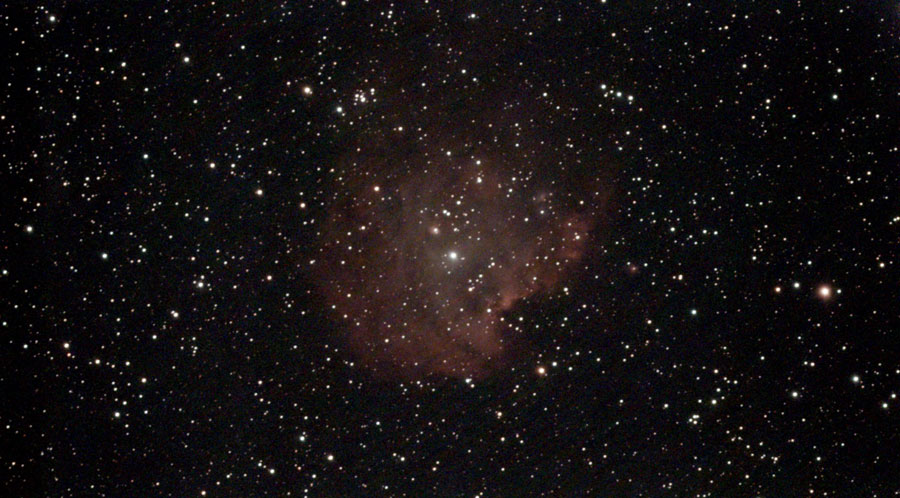 |
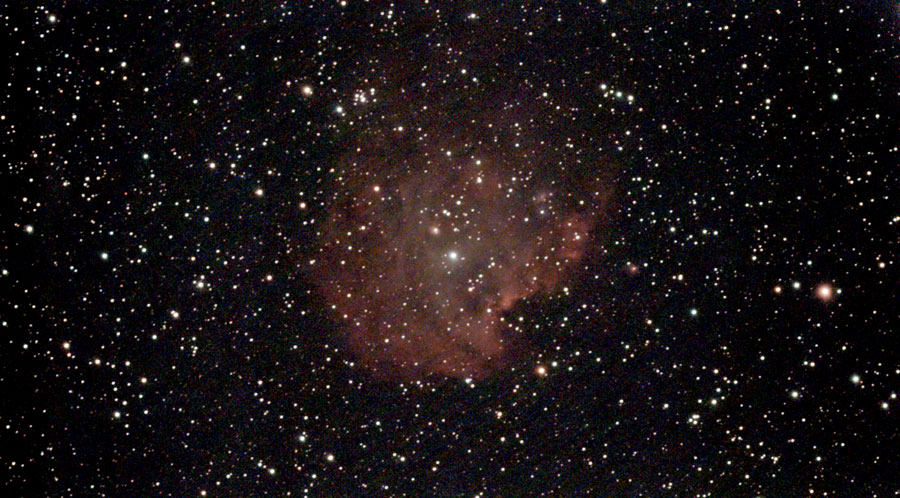 |
|
NGC 2174, Apr 5, 2023 - original, CLS Filter, 35min |
NGC 2174, Apr 5, 2023 - large, photo left processed |
|
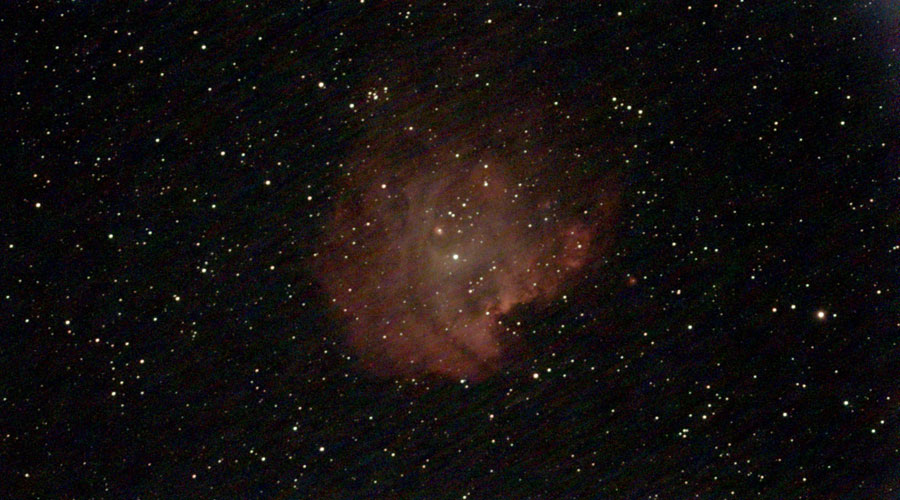 |
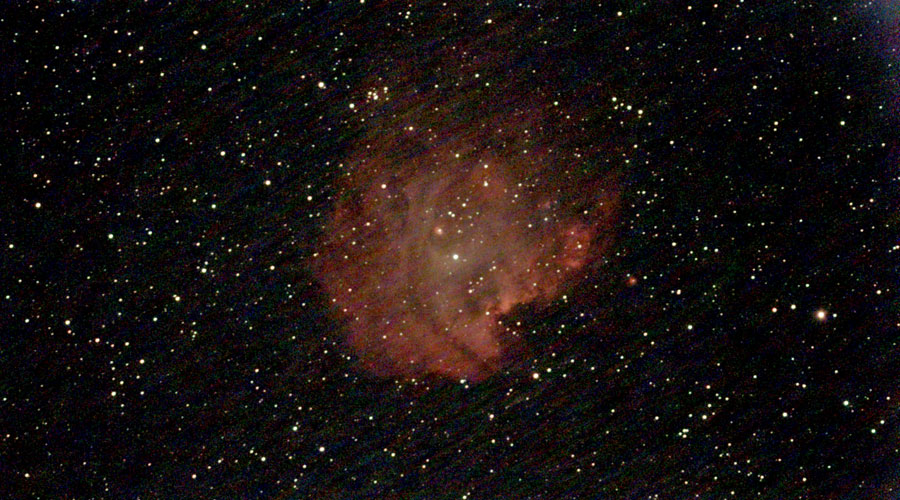 |
|
NGC 2174, Apr 5, 2023 - original, Dual Band Filter, 35min |
NGC 2174, Apr 5, 2023 - large, photo left processed |
Here you can see that the WP noise is strongest with the Dual Band Filter; in this example it is lower with the CLS Filter and lowest without any filter. Unfortunately, this early example lacks a mosaic image that could show how much the noise is reduced by the mosaic mode. However, I can "supply" this information with images from January 2024!
I also find it interesting that all the photos turned out almost equally bright with the same exposure time. The photo with the Dual Band Filter is even the brightest...
NGC 281 (Pacman Nebula)
I stopped the upper Pacman Nebula shot (normal mode) after 17 minutes because I saw too much noise in the photo. Then I repeated the photo as a mosaic and present the "final result" at 34 minutes (2040s, almost one pass).
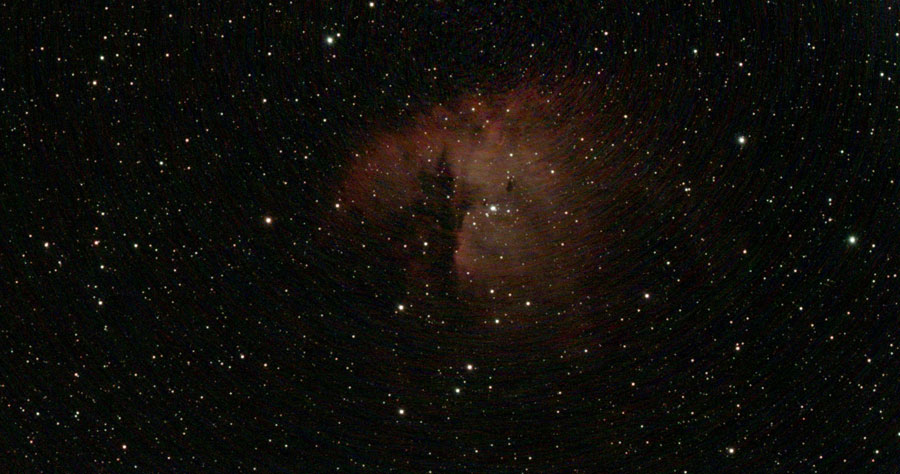 |
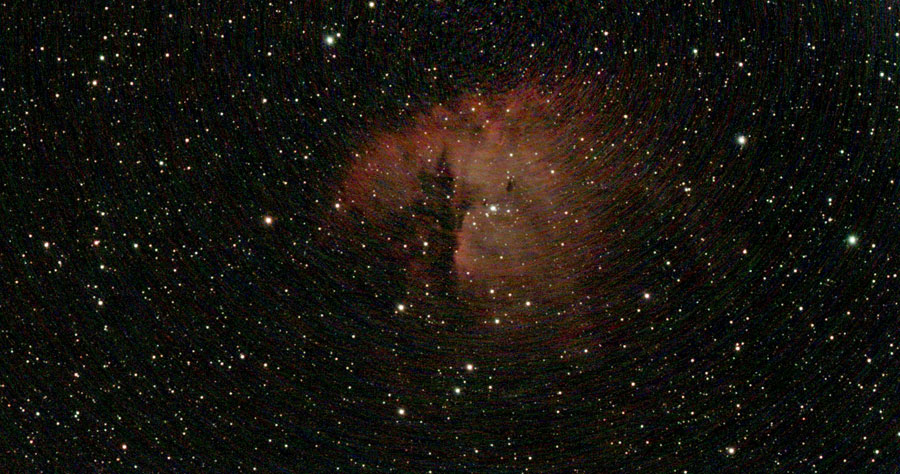 |
|
NGC 281, Jan 10, 2024 - original (103 frames = 1030s), Dual Band Filter |
NGC 281, Jan 10, 2024 - large (103 frames = 1030s), Dual Band Filter, photo left processed |
|
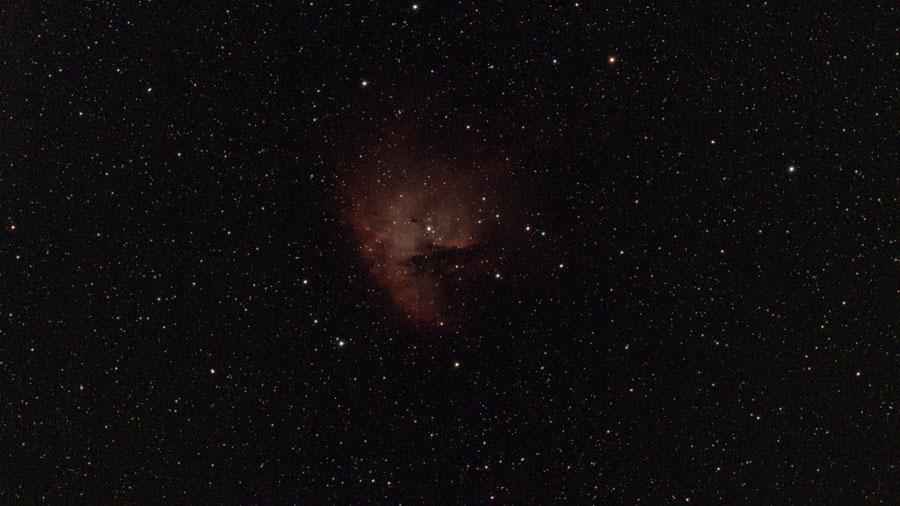 |
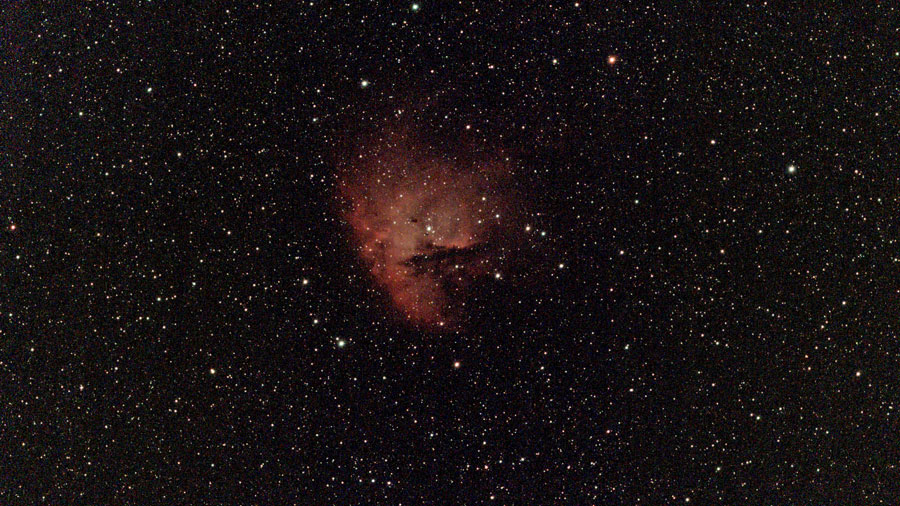 |
|
NGC 281, Jan 10, 2024 - original (204 frames = 2040s), small mosaic, Dual Band Filter |
NGC 281, Jan 10, 2024 - large (204 frames = 2040s), small mosaic, Dual Band Filter, photo left processed |
Overall, the mosaic image (bottom row) is somewhat darker despite almost double the exposure time. On the other hand, it does not show the noticeable WP noise of the normal image.
Photos with and without Dual Band Filter
IC 1848 (Soul Nebula)
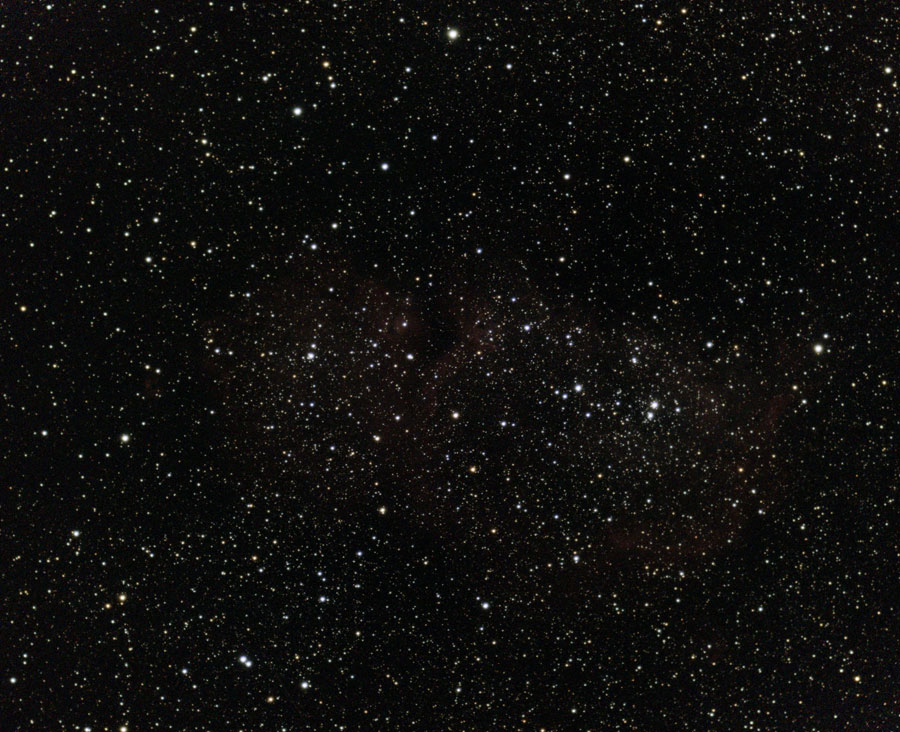 |
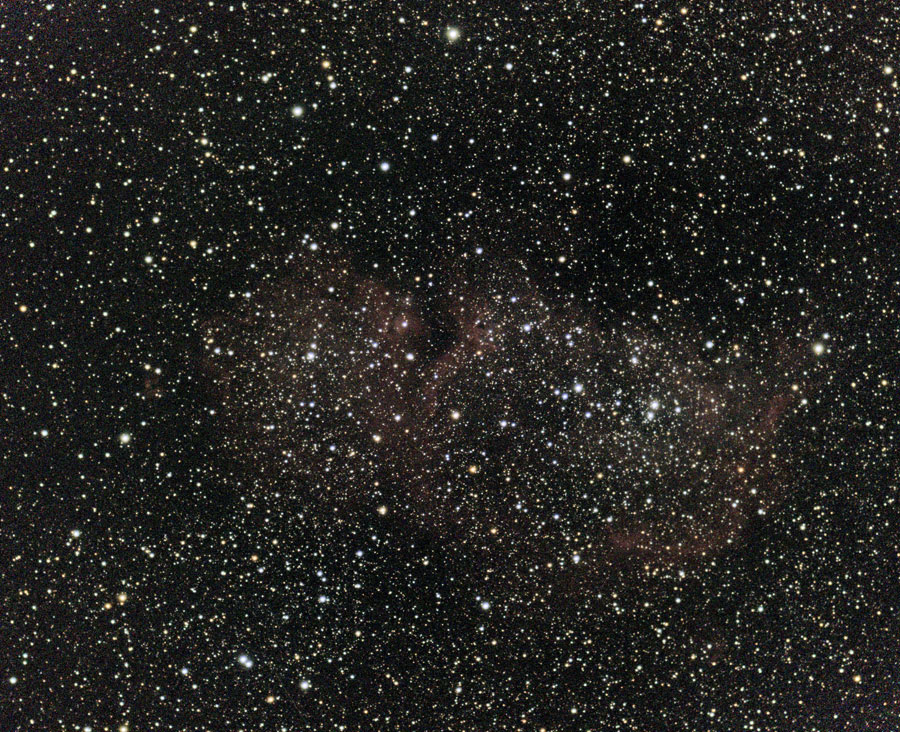 |
|
IC 1848, Jan 9, 2024 - original (3260s), mosaic |
IC 1848, Jan 9, 2024 - large (3260s), mosaic, photo left processed |
|
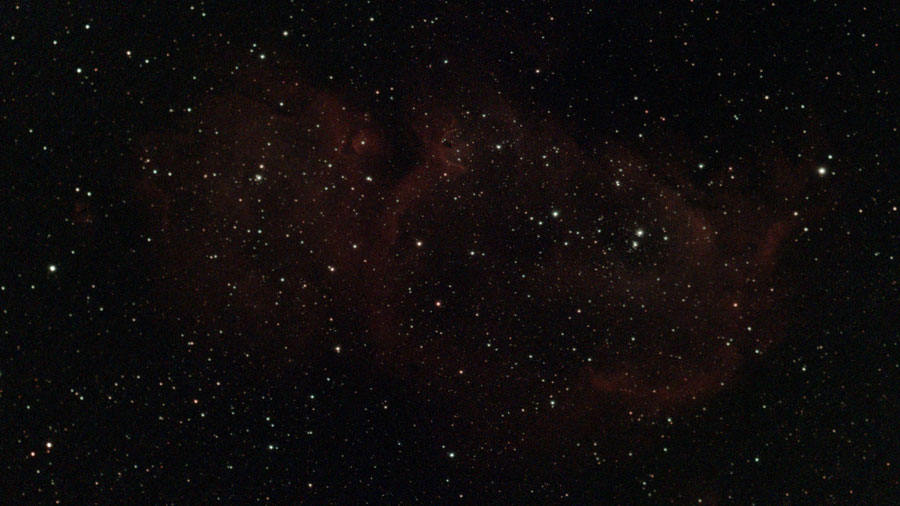 |
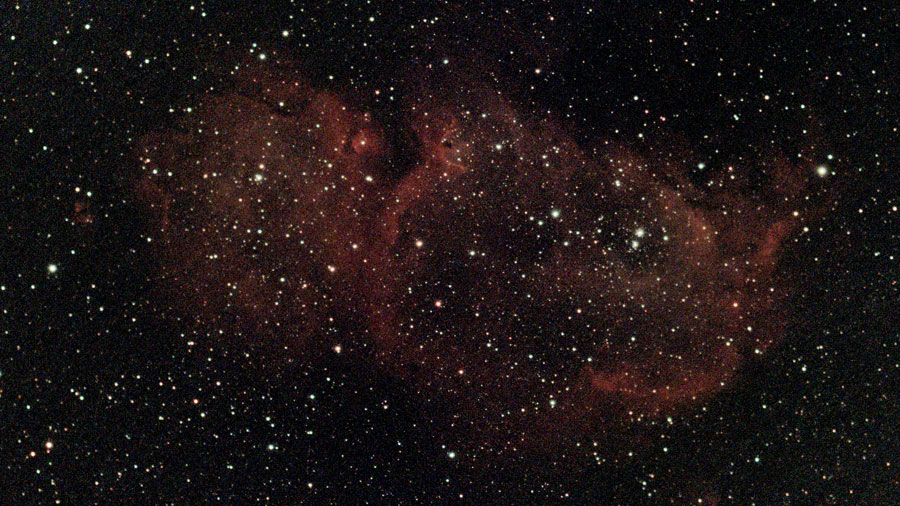 |
|
IC 1848, Jan 10, 2024 - original (2550s), small mosaic, Dual Band Filter |
IC 1848, Jan 10, 2024 - large (2550s), small mosaic, Dual Band Filter, photo left processed |
NGC 281 (Pacman Nebula)
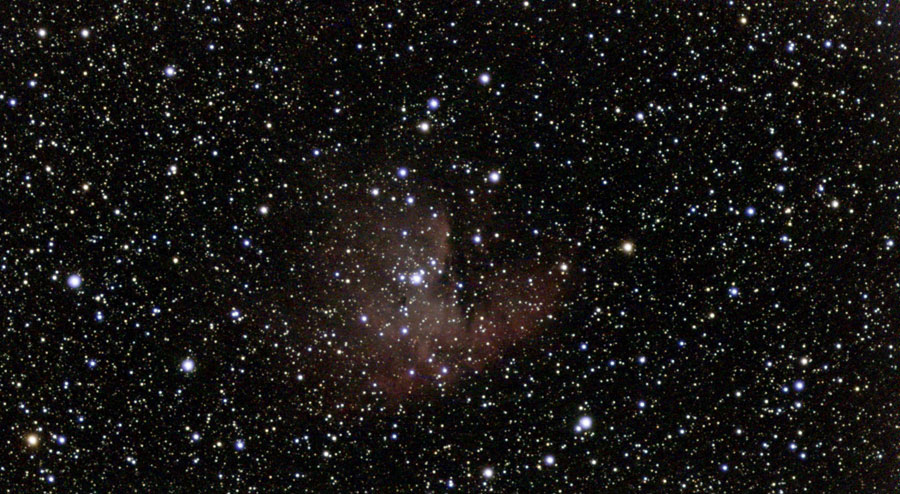 |
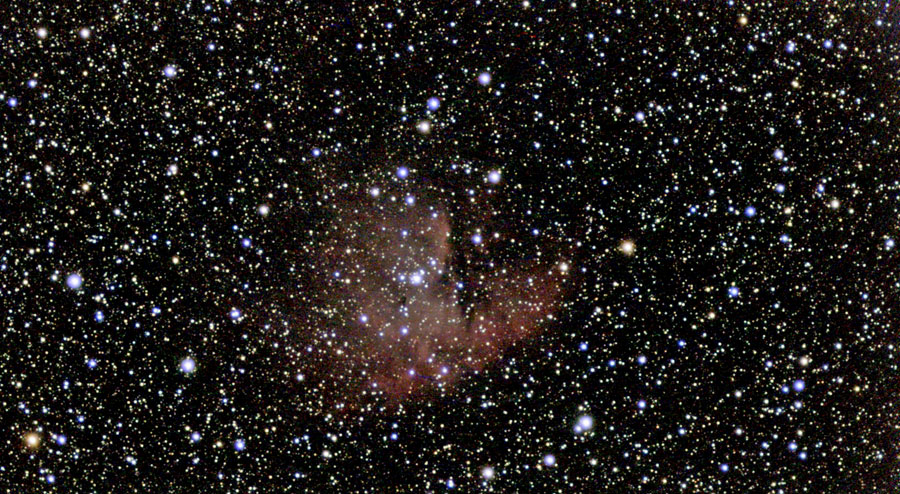 |
|
NGC 281, Nov 1, 2022 - original (128 frames = 1280 seconds) |
NGC 281, Nov 1, 2022 - large (128 frames = 1280 seconds), photo left processed |
|
 |
 |
|
NGC 281, Jan 10, 2024 - original (204 frames = 2040 seconds), small mosaic, Dual Band Filter |
NGC 281, Jan 10, 2024 - large (204 frames = 2040 seconds), small mosaic, Dual Band Filter, photo left processed |
NGC 1499 (California Nebula)
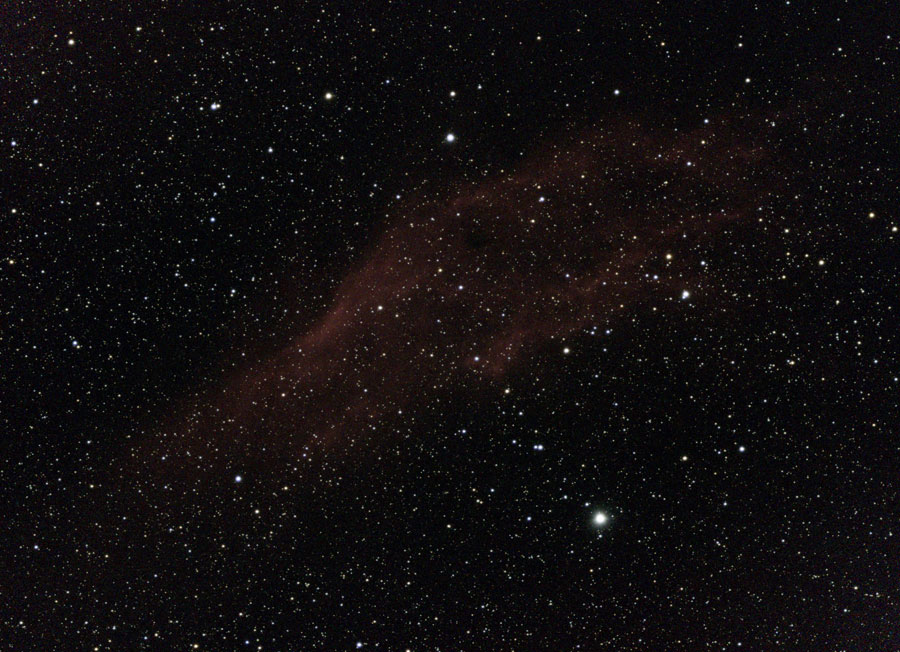 |
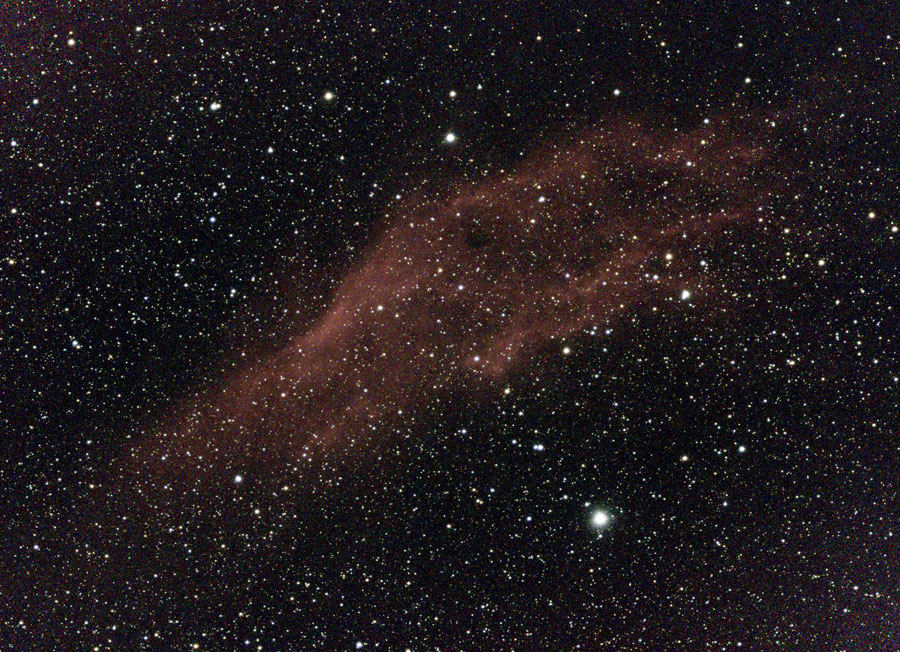 |
|
NGC 1499, Feb 7, 2023 - original, mosaic, 4160s |
NGC 1499, Feb 7, 2023 large, photo left processed |
|
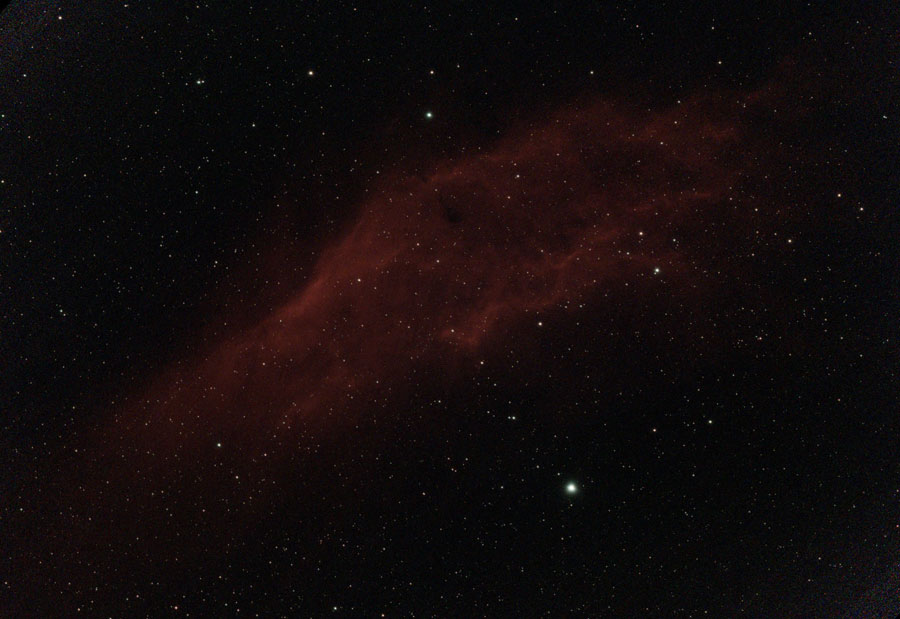 |
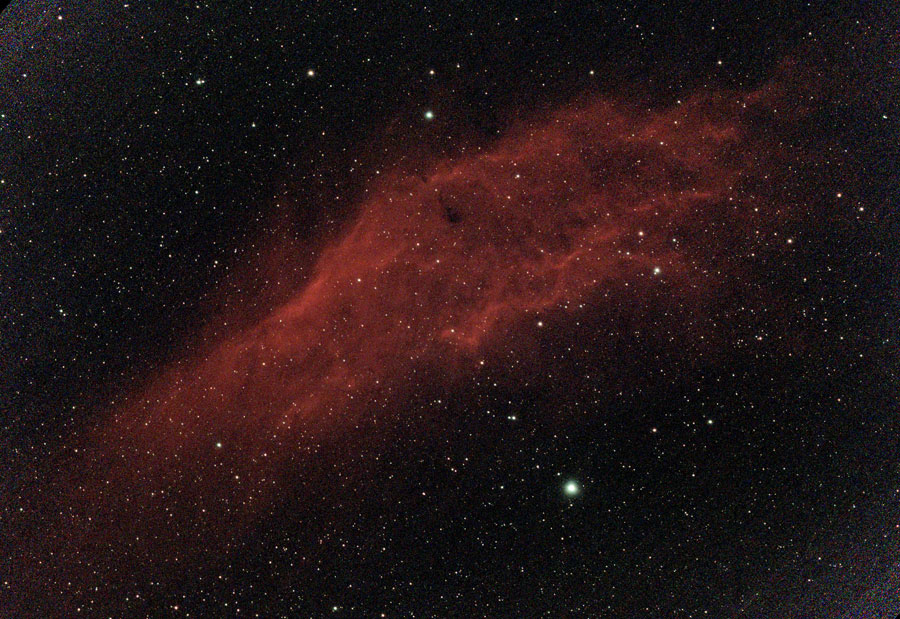 |
|
NGC 1499, Jan 10, 2024 - original, mosaic, 3210s, Dual Band Filter |
NGC 1499, Jan 10, 2024 - large, mosaic, 3210s, Dual Band Filter, photo left processed |
NGC 2024 (Flame Nebula) and B 33 (Horse Head Nebula)
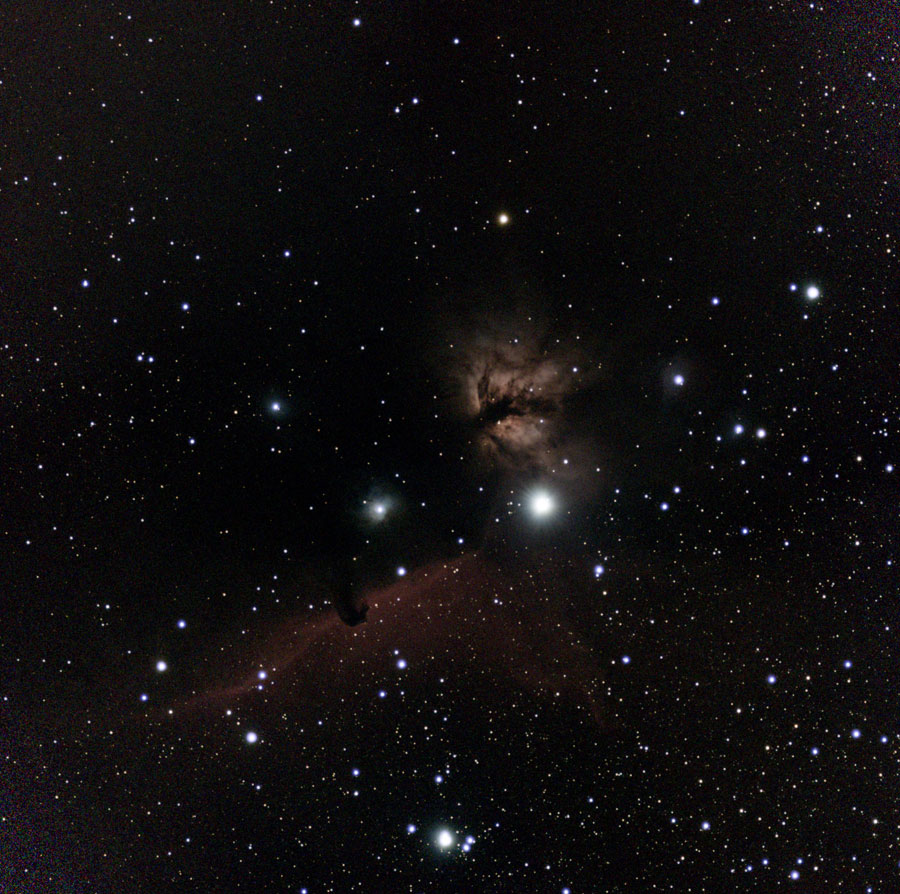 |
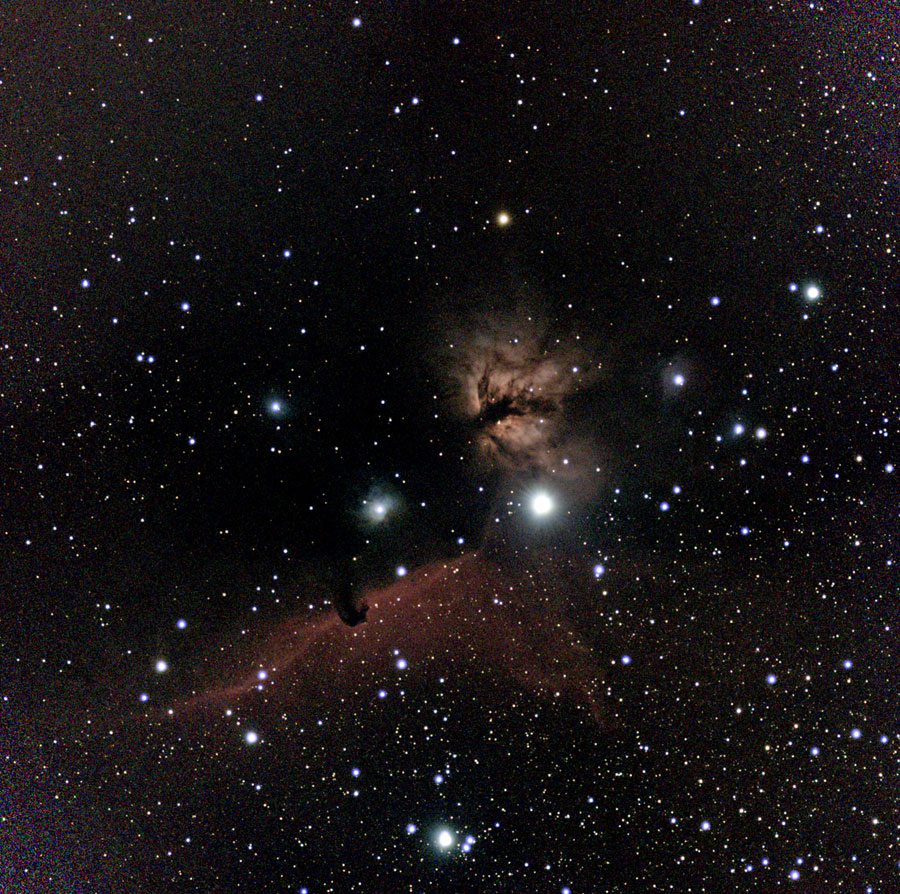 |
|
B 33, IC 434, and NGC 2024, Jan 29, 2023 - large (5700 s), mosaic |
B 33, IC 434, and NGC 2024, Jan 29, 2023 - large (5700 s), mosaic, photo left processed |
|
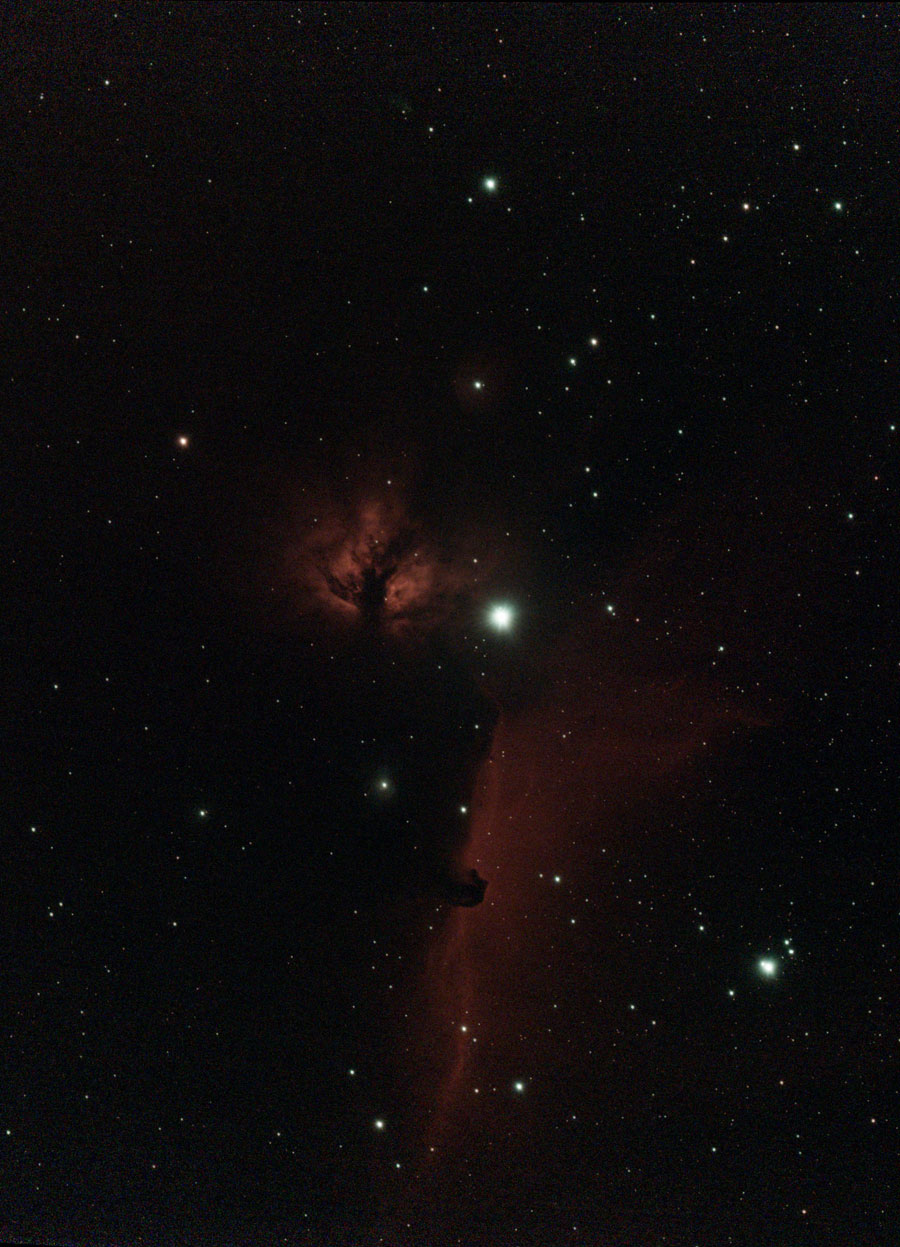 |
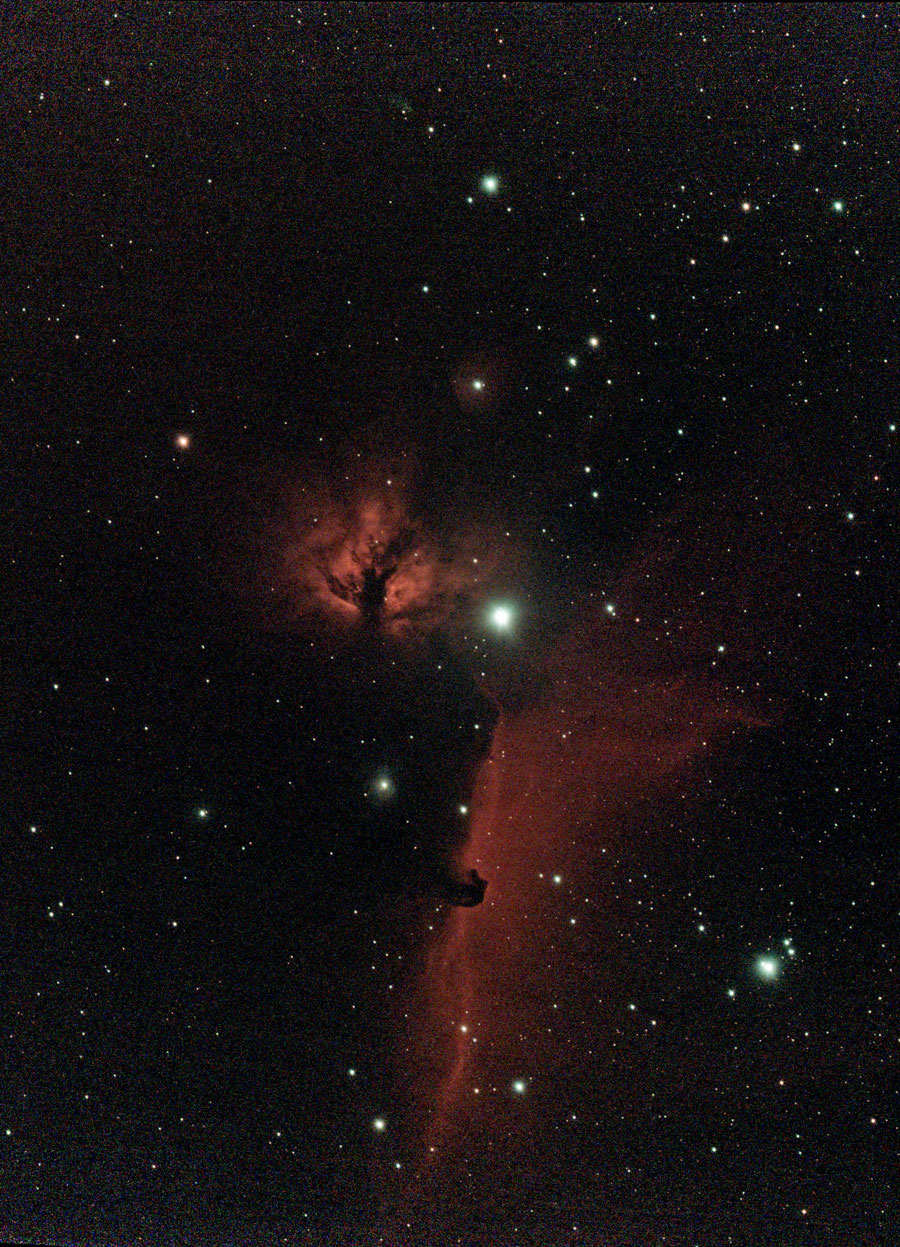 |
|
NGC 2024 and B 33, Jan 11, 2024 - original (1910 s), mosaic, Dual Band Filter |
NGC 2024 and B 33, Jan 29, 2023 - large (1910 s), mosaic, Dual Band Filter, photo left processed |
NGC 7000
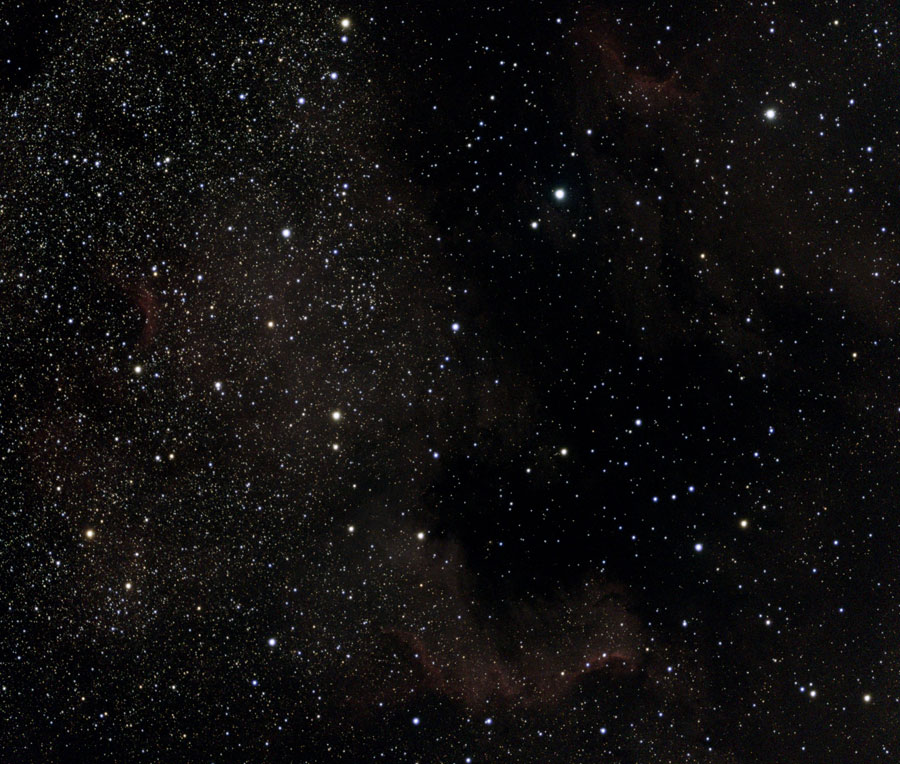 |
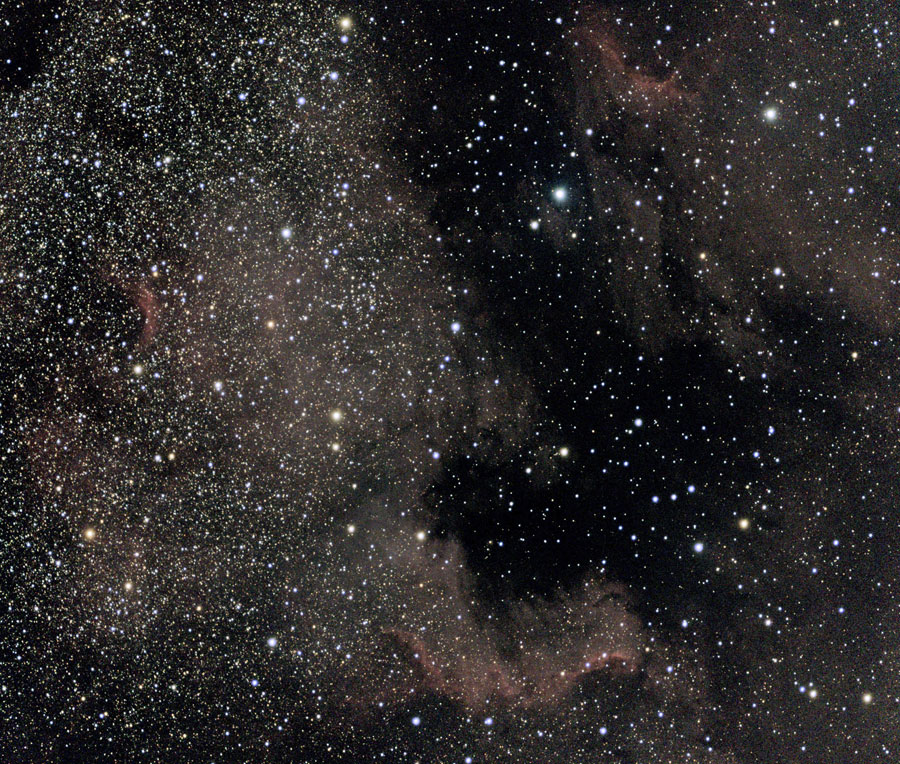 |
|
NGC 7000 and IC 5070, Nov 10, 2022 - original (721 frames = 7210 seconds), mosaic |
NGC 7000 and IC 5070, Nov 10, 2022 - large (721 frames = 7210 seconds), mosaic, photo left processed |
|
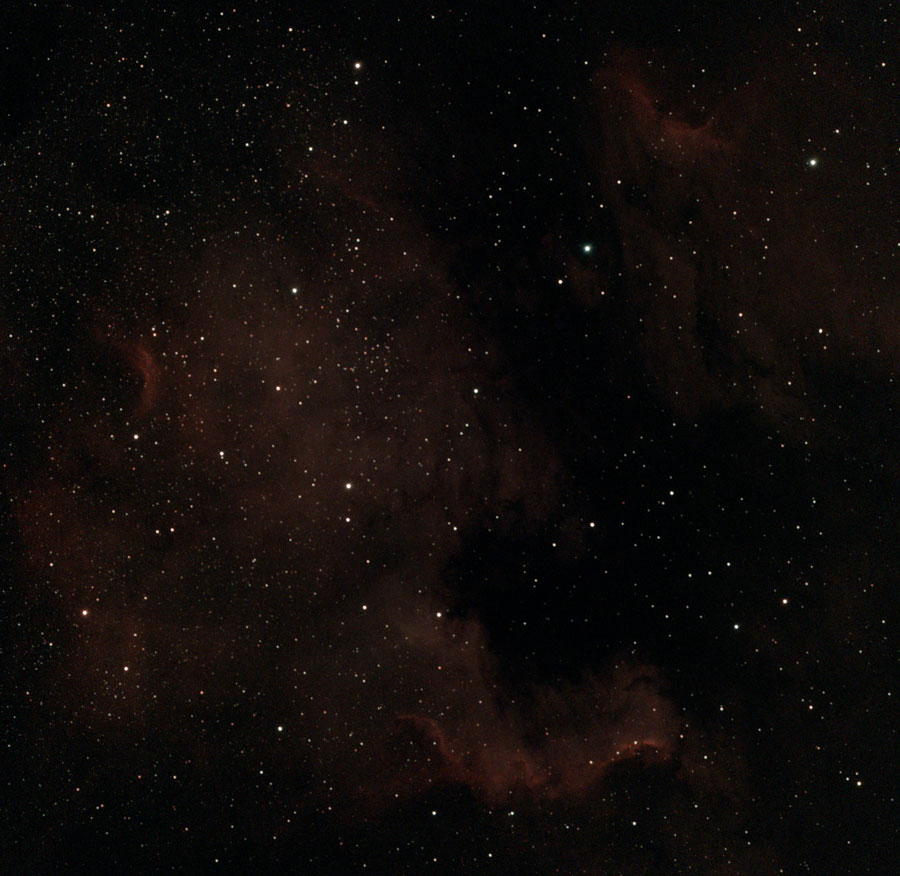 |
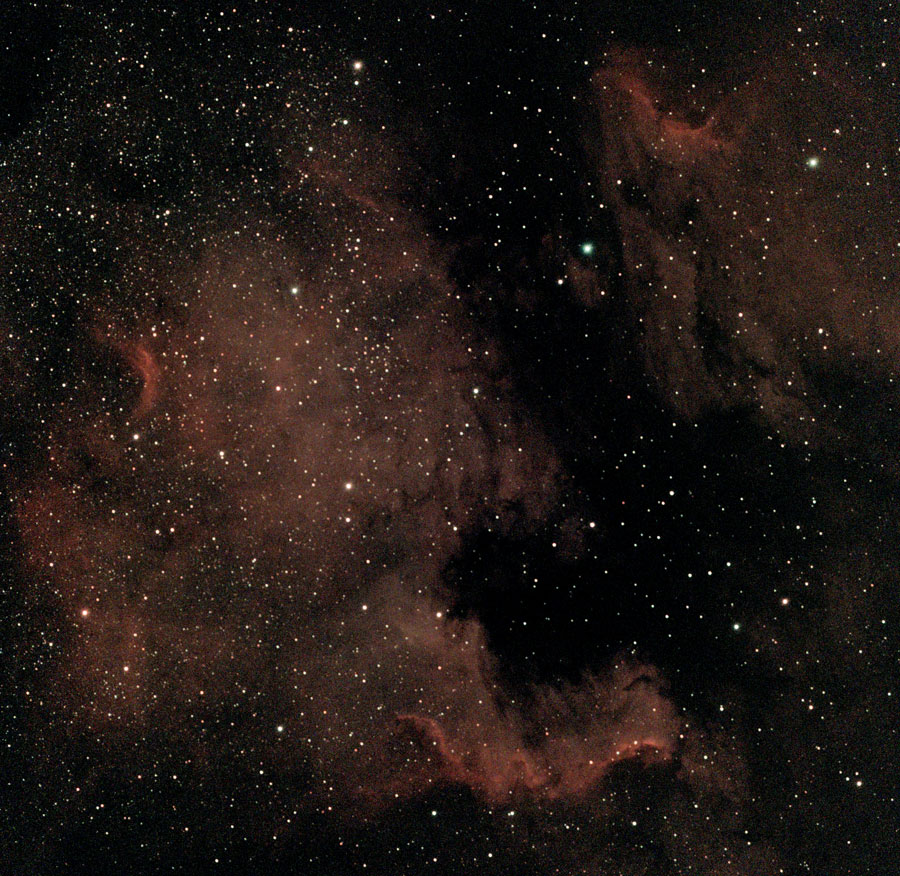 |
|
NGC 7000 and IC 5070, Jan 11, 2024 - original (363 frames = 3630s), mosaic, Dual Band Filter |
NGC 7000 and IC 5070, Jan 11, 2024 - large (363 frames = 3630s), mosaic, Dual Band Filter, photo left processed |
First Conclusions
Overall, the images with the Dual Band Filter are convincing for all objects, except that the colors have become somewhat unnatural due to the filter. In addition, the stars are more strongly suppressed, which makes the nebulae stand out more clearly and look more detailed. What you like better, however, may be a different matter...
After all, the Dual Band Filter does not seem to take away too much light; sometimes the photos even appear brighter at comparable exposure times.
Note: In June 2024, I sold my Vaonis Vespera smart telescope. I therefore cannot report any further experiences with it here. |
Links
- Vaonis: vaonis.com/fr/ (FR), vaonis.com (EN)
- Vespera Dual Band Filter: vaonis.com/product/vespera-dual-band-filter (EN)
- See also my page offering Astronomy Links.
| 05.10.2024 |
